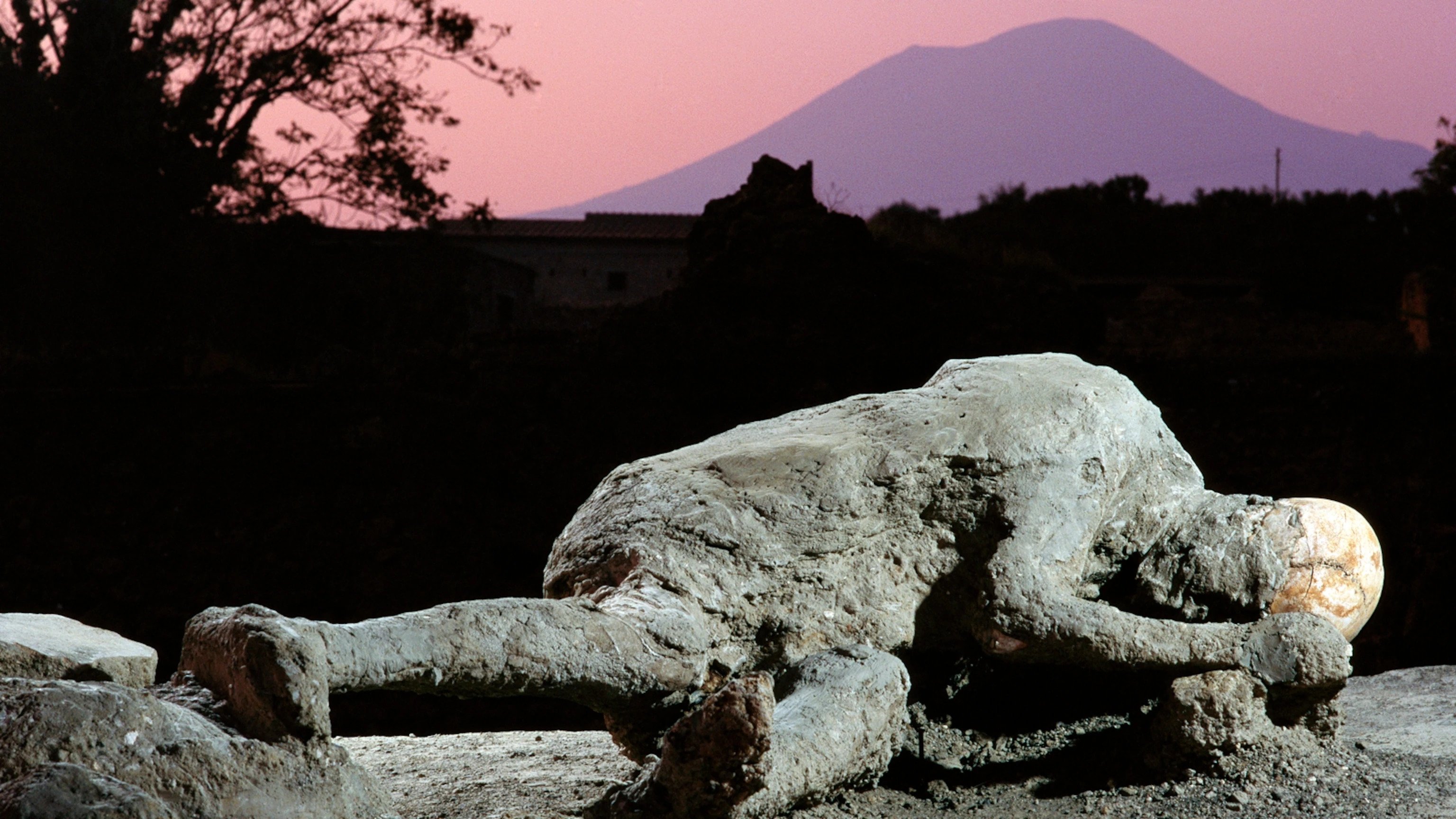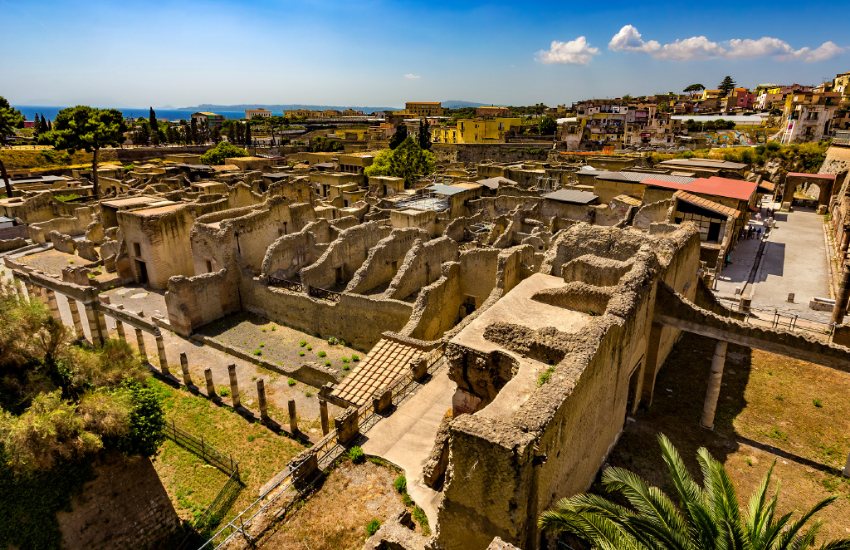
Pompeii, A City Frozen in Time
Nov 10, 2022
Pompeii, A City Frozen in Time
It goes without saying that the destruction of Pompeii from the eruption of Mount Vesuvius in 79 AD is one of the worst natural disasters in ancient history. Prior to the eruption, Pompeii was simply just a Roman port city and served as an important passageway for goods arriving by sea. Pompei presented places such as an amphitheater, a gymnasium with a central swimming pool, and a complex water system that was able to supply more than 25 city fountains. The inhabitants of Pompeii had long been used to minor/severe earthquakes, but on that day they had no idea that Mount Vesuvius was even a volcano which would lead to their deaths and the destruction of their beloved city. The city would then become a city frozen in time as it had seemingly disappeared from the face of the Earth until 1594 when it was accidentally rediscovered by architect Domenico Fontana and would be properly explored in 1748 and later in the 19th and 20th centuries. Shortly thereafter Pompeii would quickly become one of the greatest tourist attractions in all of Europe. While the city has deteriorated overtime Pompeii still represents a fascinating window into the past and serves as an opportunity to get familiar with ancient Rome without opening a book of history.
 Italian
Italian Spanish
Spanish French
French Chinese
Chinese German
German




